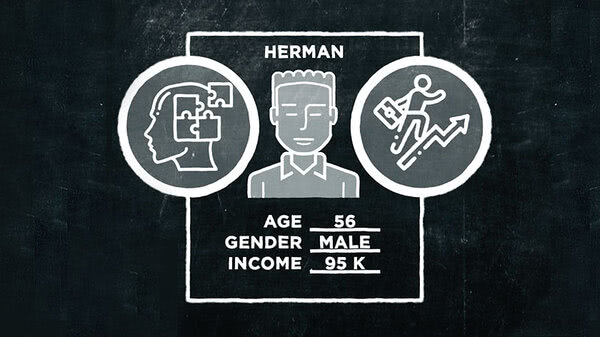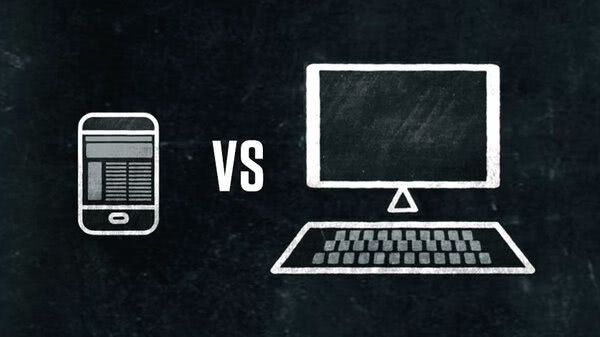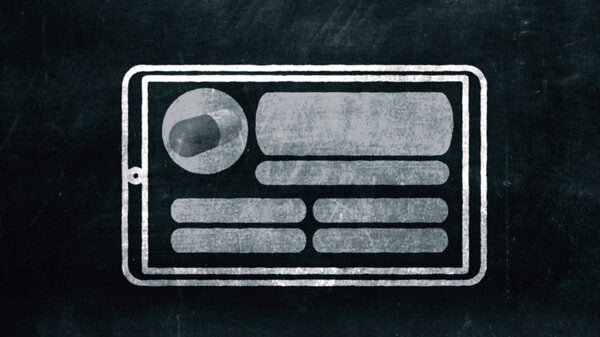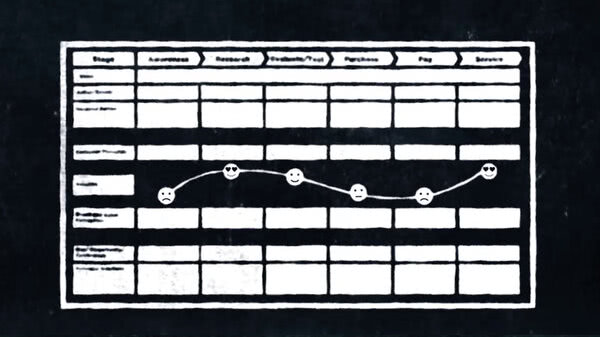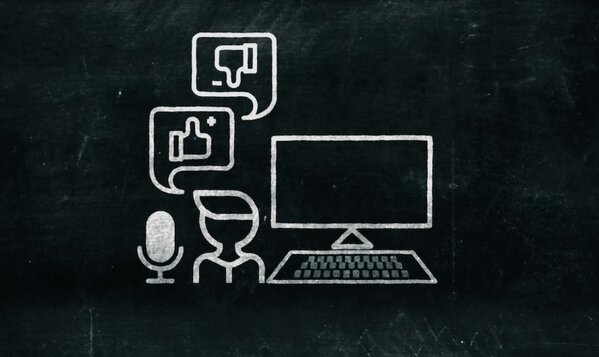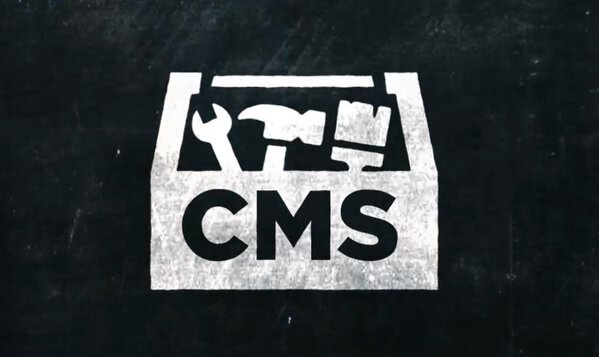In this series of videos, we're going to look at the creative brief.
As the name implies, a creative brief is a short document defining a creative project. This could be anything from an ad campaign to a website or a promotional video.
Creative briefs are the initial kickoff for the marketing campaigns. They're generally the first official document to be produced and circulated following the original brainstorming session or back-of-the-envelope scribblings.
So why do we need a creative brief? At its most fundamental level, a creative brief sets out what is to be accomplished.
It defines the scope of the project. It gives everyone involved an idea of how long it might take, the resources involved, and most importantly, the project goals and how it will be measured.
It contains several elements that we'll get into later. For now, let's just say before you start a project, you need a statement of intent.
To use an analogy, suppose you're an architect. One day you're approached by three pigs who have security issues with the local wolf.
The pigs are looking to you for a solution. Your initial meeting could result in a creative brief describing the root problem, the proposed solution, the parties involved, the budget and a timeline.
Although the brief might specify that a house be built that must resist huffing and/or puffing up to 80 miles per hour, it likely won't go into the details of construction. In other words, it sets out the project parameters and objectives without detailing the actual methods.
The other function of the creative brief is to serve as a kind of contract, an agreement among all the stakeholders. It says, this is what we're doing.
A good brief brings all participants into alignment as early in the project as possible. Yes, methods and approaches may differ. But at least everyone will be pulling in the same direction, working towards a common goal. In this case: protect the pigs.
Finally, a creative brief can serve as a selling or pitching document when you're still assembling your team and maybe having to persuade others to come on board.
Speaking of which, who exactly should be involved with writing the brief? Good question, but I'm going to put it aside for now because that's a subject we'll cover in depth a little later in this series.
One last observation on the creative brief before we dive into it: A creative brief does not contain details or even an outline of how these objectives will be reached. In other words, despite the name, a creative brief is not particularly creative. It's really a business document.
All right, let's take a look at what actually goes into a real brief in a little more detail.




